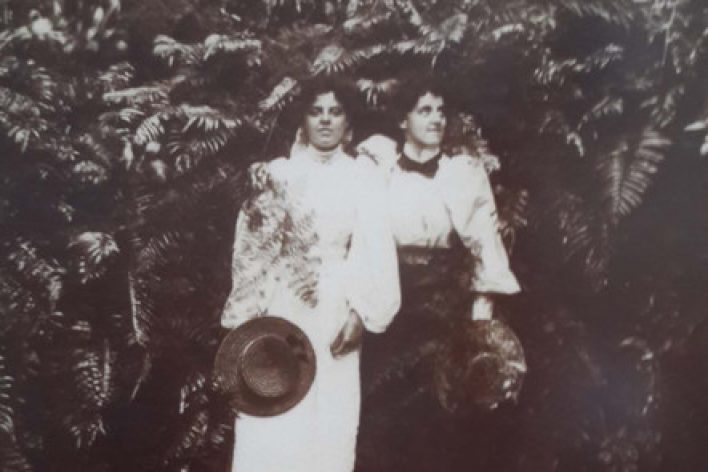

Okoroire Hot Springs Hotel, operational since 1889, is one of New Zealand’s most historic hotels.
Once a stopover for travelers en route to Rotorua and Taupo, it now represents New Zealand’s traditional “Kiwiana” style, which is fading due to globalization. The name Okoroire is derived from the extinct duck species Koroire, once abundant in the area.
The medicinal hot springs have long been used by the Ngati Raukawa people, with European interest beginning in the 1880s. The hotel, completed in 1889, was initially overseen by Mrs. Isaacs, who also helped develop the hotel’s grounds. The site is known for its hot springs, waterfalls, and healing properties, attracting visitors seeking therapeutic benefits.
The hotel became a popular resort for officials and tourists, praised by the Governor and high-ranking figures of the time. The grounds include a hot spring-fed bath and a scenic view of surrounding landscapes, making it a desirable health retreat. Plans for expanding the area with roads and additional tourist infrastructure were underway, with contributions from local businesses and the Piako County Council. The hotel’s central location promises increased future tourist traffic, with the potential to become a popular stopover for visitors traveling between Auckland, Rotorua, and Taupo.
Okoroire Hot Springs Hotel, operational since 1889, is one of New Zealand’s most historic hotels.

© Copyright Okoroire Hot Springs Hotel 2025.
All rights reserved. Maintained by Lime Digital NZ